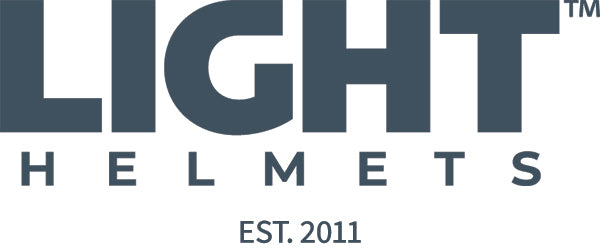The Science Behind LIGHT Helmets
At LIGHT Helmets, we’re driven by one goal: to build the highest-performing football helmet ever made. Our focus is on helmet technology that improves player safety, reduces fatigue, and enhances on-field performance. Here’s how science drives our innovation in lightweight, NOCSAE-certified helmets tested by Virginia Tech and the NFL.
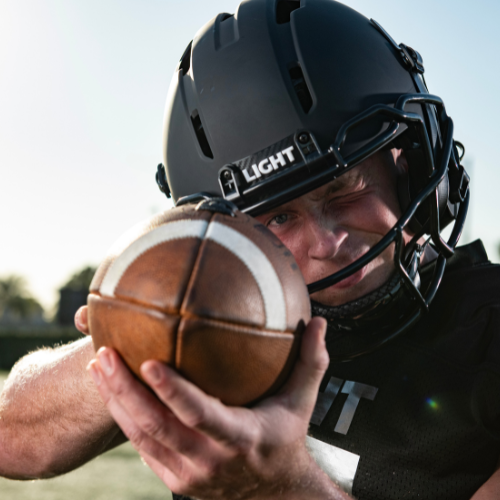
The Heavier Football Helmet Myth
Many football helmets on the market today are intentionally heavier. This extra weight can create the illusion of better protection because it performs well in traditional helmet lab tests. However, on the field, heavier helmets lead to faster fatigue, slower reaction times, and greater impact forces: a dangerous tradeoff for real-world performance.
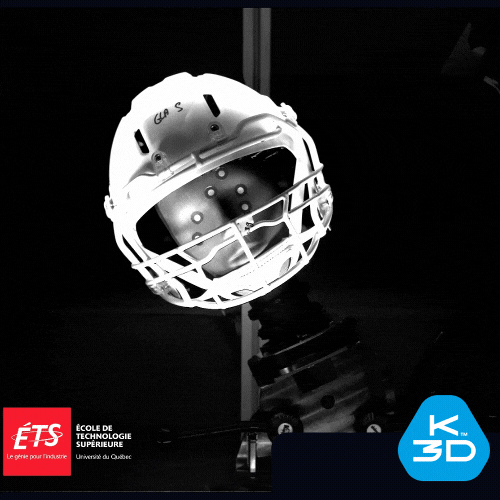
Lab Testing vs Real-World Performance
Standard lab tests measure helmet performance using static head forms and repeated impacts. By the laws of physics, heavier helmets often score better in these tests because added mass lowers impact severity in a stationary model.
But football isn’t static. Players are constantly moving, cutting, and colliding at speed. Real-world helmet safety depends on dynamic performance, not just test results:
An object at rest stays at rest. An object in motion stays in motion.
That’s why football helmet design needs to account for game-speed movement, not just lab simulations.
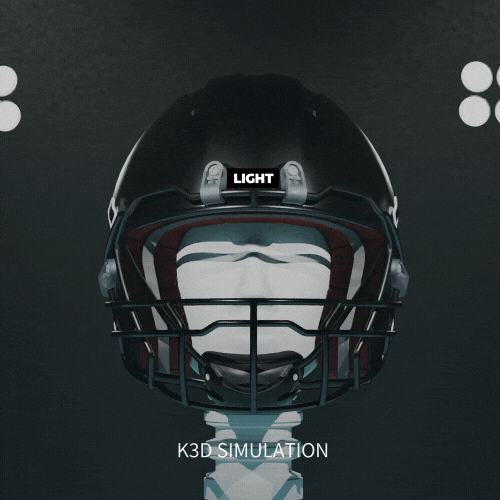
OUR TECHNOLOGY PARTNER: K3D
We’ve partnered with K3D (a Kollide brand), winner of the NFL Helmet Challenge and a leader in football helmet innovation. Using advanced simulation tools and 3D-printed matrix padding structures, K3D allows us to:
- Rapidly simulate impacts and optimize football helmet performance
- Test and refine designs faster than traditional methods
- Tailor helmets for specific positions, maximizing protection where it’s needed most
This combination of cutting-edge helmet technology and position-specific engineering helps us stay ahead of the curve in player safety.
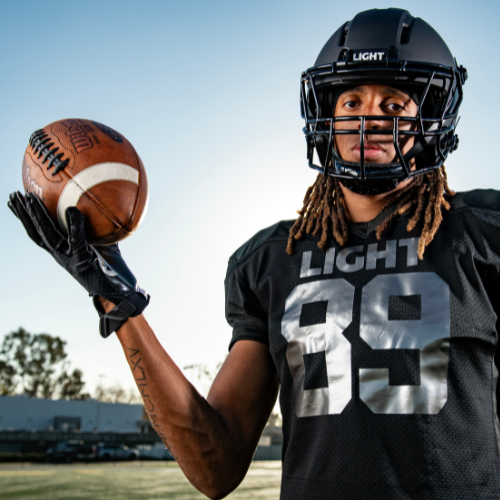
Our Approach: Lightweight, High-Performance Helmets
By intentionally reducing helmet weight, we’ve flipped the script on conventional testing. Our lightweight football helmets, some up to 40% lighter than competitors, help athletes stay faster, more agile, and less fatigued all while maintaining elite-level protection.
Even with this lab test disadvantage, our focus on energy absorption has paid off. The Apache helmet earned the #1 ranking on Virginia Tech’s Varsity Helmet Rating, and Apache Lightning Youth helmet earned the #1 ranking on Virginia Tech’s Youth Helmet Rating, proving that our lighter helmets are both scientifically superior and safer.
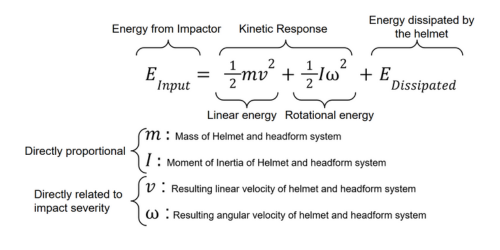
The Math Behind Our Design
We know it might sound too good to be true, so here’s the science. A simplified formula for energy conservation looks like this:
E input = 1/2mv² + 1/2Iw² + E dissipated
Where:
- m = Mass of the helmet system
- v = Resulting linear velocity
- I = Moment of inertia of the helmet
- w = Angular velocity of the helmet
- E dissipated = Energy dissipated by the helmet's padding
Lab tests are scored based on the measured impact severity which is tied to the kinetic response of the head form. The kinetic response is directly proportional to the weight of the helmet.
The result is that heavier helmets, even with the same or less efficient padding, will appear to perform better in static headform tests. However, in the real world, LIGHT Helmets reduce the impact energy brought into a collision, and do a better job of dissipating that energy.
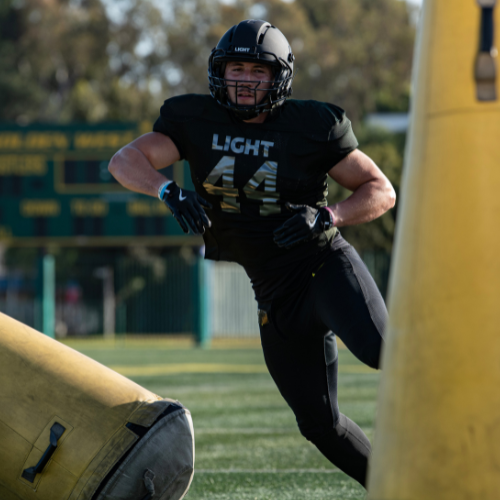
The Result: Highest Performing, Lighter Helmets
Despite being at a disadvantage in lab tests, our focus on energy reduction has led us to create the #1 rated Apache helmet¹ in terms of safety by Virginia Tech, and it’s one of the lightest helmets available today at just 3.5 pounds.
This is why we don’t just meet safety standards, we exceed them. We believe that performance and protection go hand-in-hand, and we’ve used science to prove it.
And that's a wrap!
We know that was a lot of science to digest, but hopefully, it gave you a deeper understanding of what goes into building the lightest, highest-performance helmet. If you've made it this far, you’ve definitely earned some extra credit in Physics!
Disclaimer - No helmet can protect against all possible impacts or prevent all concussions or other injuries. The information presented here is based on data collected and analyzed by the LIGHT Helmets team. While we’re confident in the accuracy and rigor of our calculations, this material is meant for informational purposes only and should not be used or extrapolated for any external application or third-party use.
(¹) https://www.helmet.beam.vt.edu/varsity-football-helmet-ratings.html
